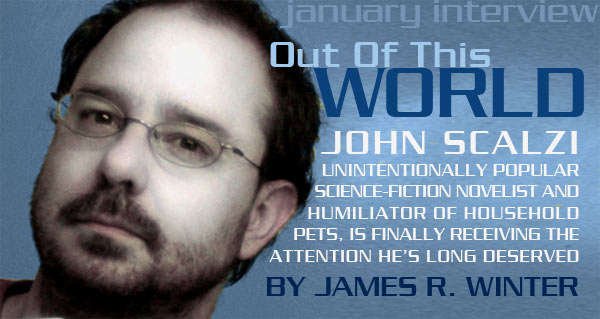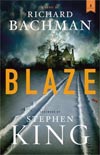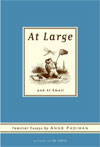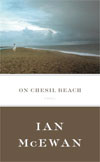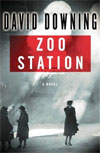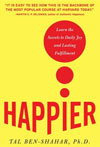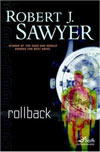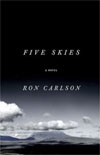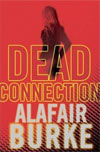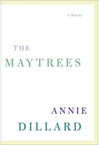Today would have been the 100th birthday of
William Shawn, who served as the editor of
The New Yorker from 1951 to 1987.
During Shawn’s tenure, the magazine published stories and writers that have come to be known as quintessentially “New Yorker” in style and content, meaning pieces that were long, detailed,

often definitive on their subject, subjected to meticulous editing and fact-checking and ultimately memorable. Shawn devoted the entire August 31, 1946, issue to John Hersey’s account of the atomic bomb’s aftermath on Hiroshima, Japan. Hersey later repackaged that piece into a book,
Hiroshima, which continues to be read in high schools and colleges. Another staple of high-school reading lists, Shirley Jackson’s “The Lottery,” was first published in
The New Yorker.Truman Capote serialized what would eventually become his masterpiece,
In Cold Blood, over six issues in 1965 (Renata Adler’s memoir of her time at
The New Yorker,
Gone: The Last Days of The New Yorker, tells us that many staffers of the magazine were opposed to Capote’s account of the brutal murder of the Clutter family, thinking it crude and sensationalistic).
Among the writers who graced the pages of Shawn’s
New Yorker were:
Brendan Gill,
John Updike,
John Cheever,
Calvin Trillin, Phillip Hamburger,
Pauline Kael,
Woody Allen,
John McPhee,
Janet Malcolm, Herbert Warren Wind,
E. B. White,
Roger Angell,
Joseph Mitchell (who allegedly reported for work every day until his death in 1996, despite the fact that he ceased publishing in 1964), and cartoonists such as
Saul Steinberg and
Charles Addams.
The New Yorker’s style is perhaps best illustrated by the “Talk of the Town” pieces that ran in each issue. A collection of brief snippets, they were often comical and breezy, highlighting something or someone unique to New York City. During Shawn’s time, they were written in first person plural and unsigned. Two examples from the November 14, 1977 issue:
Three solid weeks of mental labor went into the seating plan for the recent fiftieth-anniversary banquet of the Literary Guild -- or, roughly, as long as it takes a lot of struggling writers we know to roll page one into the typewriter.
Having read here and there about the growth of the manufacture and use in this country of microcomputers, we decided to drop in to the New York Coliseum the second evening of the three-day exhibition called the First Annual Personal Computing Expo...
Shawn is rumored to have written many “Talk of the Town” pieces himself. In her memoir, Adler notes that “Talk of the Town” stories were the best paid in the magazine, since writers were entitled to a bonus to have their work published without a byline.
Shawn was relieved of his duties at
The New Yorker in 1987, the victim of his own reluctance to name a successor, as well as the corporate politics of the magazine’s owner,
Condé Nast Publications. Shawn was replaced by
Robert Gottlieb, an editor from Random House. Gottlieb’s appointment was met with derision by the magazine’s writers, who wrote a letter asking him to turn down the appointment (even the reclusive J.D. Salinger was recruited, successfully, to sign that letter). Gottlieb refused, and the writers continued to work for the magazine. Gottlieb was similarly replaced in 1992 by
Vanity Fair editor
Tina Brown. Brown unabashedly chased celebrities for profiles, and she introduced photography to the magazine, as well as a contributor’s page. Brown eventually left
The New Yorker to start a new magazine,
Talk, which failed after a couple of years. She was replaced by
David Remnick, who edits
The New Yorker to this day.
To many partisans,
The New Yorker ceased being a unique publication when Shawn left (some, including Adler, say the decline started long before Shawn’s departure). After that, it became interested in “buzz” (Brown’s pet phrase) and being topical. Articles became shorter, and profiles concentrated on which starlet was Hollywood’s flavor of the month.
There is no question that the nostalgia surrounding Shawn’s tenure has taken on a fair amount of selective memory. There were, during his days, some pretty boring issues. There’s also no question that the high points were more elevated when “Mr. Shawn” (as he was known) was in charge.
A notoriously shy man, William Shawn would probably disapprove of any fuss made of his birthday, including this posting. I willingly risk his disapproval by highlighting him here today.



